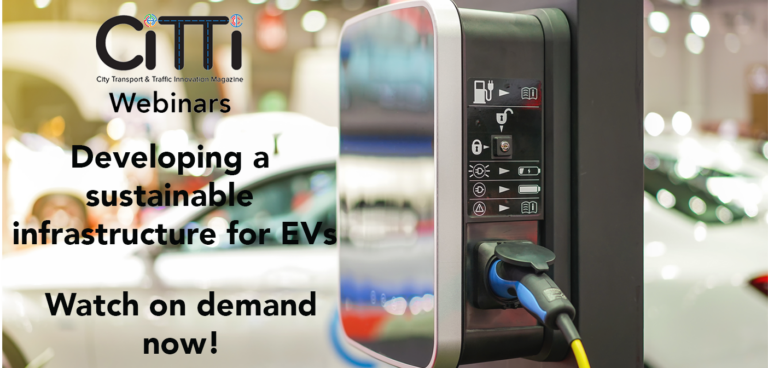Convenient, affordable and reliable charging infrastructure is crucial in the switch to electric vehicles (EVs), and both local authorities and technology suppliers have vital roles to play in delivering excellent access across the country.
The UK government’s ambition is to end the sale of all new petrol and diesel cars by 2040. Based on this ambition, Energy Saving Trust forecasts that by 2030 there could be as many as 8-11 million hybrid or electric cars on the UK’s roads, and over 25 million hybrid or electric cars by 2040.
An increasing number of EV drivers will require a sufficient number of public and private charge points, however these need to be installed in a way that minimises disruption to the general public and traffic flows, avoids damage to paved surfaces and reduces installation costs.
But can the UK energy grid cope with a huge increase in the number of EVs being plugged in for charging? And can the energy storage capacity of EVs present new opportunities to alleviate the need for power generation and transmission, as well as increase network efficiency and energy security?
By attending this webinar, you will learn:
- What vehicle-to-grid (V2G) charging is and its implementation in Oxfordshire
- The benefits of EV adoption and V2G against existing operating systems and practices
- What trenchless technology is and why it should be considered when laying an EV charging cable
- How trenchless systems can be used wherever charging stations are installed or connected to the power grid
Meet the speakers:
 Paul Gambrell, team leader, EV integration, iHub innovation team, Oxfordshire County Council
Paul Gambrell, team leader, EV integration, iHub innovation team, Oxfordshire County Council
Paul has worked for many years in and around the automotive industry; initially in engineering and project management at OEM and supplier companies, which included a period in the late 1990s at a technology company developing a range of electric vehicles. Since 2014, he has been involved in the work of transitioning vehicles to alternative energy sources; initially at the Energy Saving Trust working to encourage fleet operators to make the move before moving to Oxfordshire County Council in 2018 to take the lead on projects involving electric vehicles. The EV team at Oxfordshire County Council is currently involved in a number of projects looking at various aspects involved in vehicle electrification, including V2G, meeting the challenge of providing access to chargers for residents without off-road parking, and developing a strategy for EV charging for Oxfordshire.
 Chris Brodie, HDD business development manager, Tracto-Technik UK
Chris Brodie, HDD business development manager, Tracto-Technik UK
Having spent the last 24 years working as a specialist horizontal directional drilling (HDD) contractor in the UK, Paul has supervised installation of countless pipes under roads, rives, railways and runways in all different manner of ground conditions utilising different techniques from moling, hdd, pipe ramming and guided auger boring. Chris is passionate about all things trenchless and no-dig, and is keen to highlight the benefits of using no-dig to save time, money and disruption to the general public, especially using the latest keyhole drilling technology.
Meet the host:
 John Thornton, editor, CiTTi
John Thornton, editor, CiTTi
John joined Akabo Media in August 2019 and has worked in B2B publishing since 2013, editing engineering technology titles serving the automotive, marine and sports and entertainment venue sectors. Currently editor of City Transport & Traffic Innovation and Robotics & Innovation magazines, John co-ordinates the day-the-day operations of both titles, using independent editorial content as a platform to bring buyers and sellers together via print and online. In addition to the magazines, John also serves as a chair for the annual Road User Charging Conference in Brussels and can be found sniffing out breaking news stories throughout the halls of Akabo Media’s industry-leading exhibitions.





